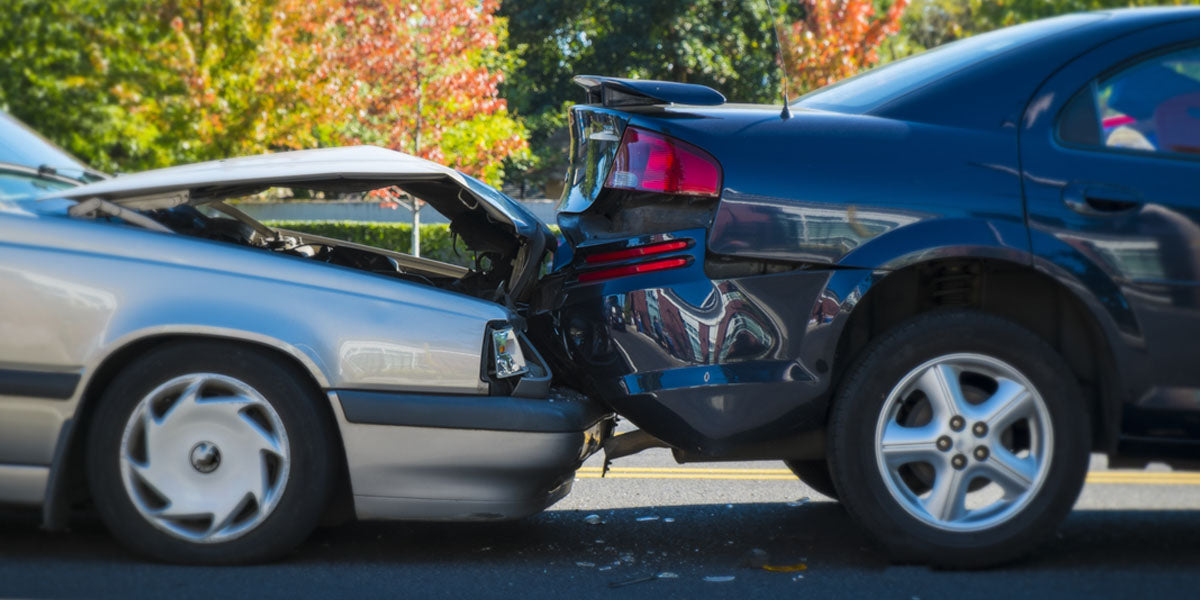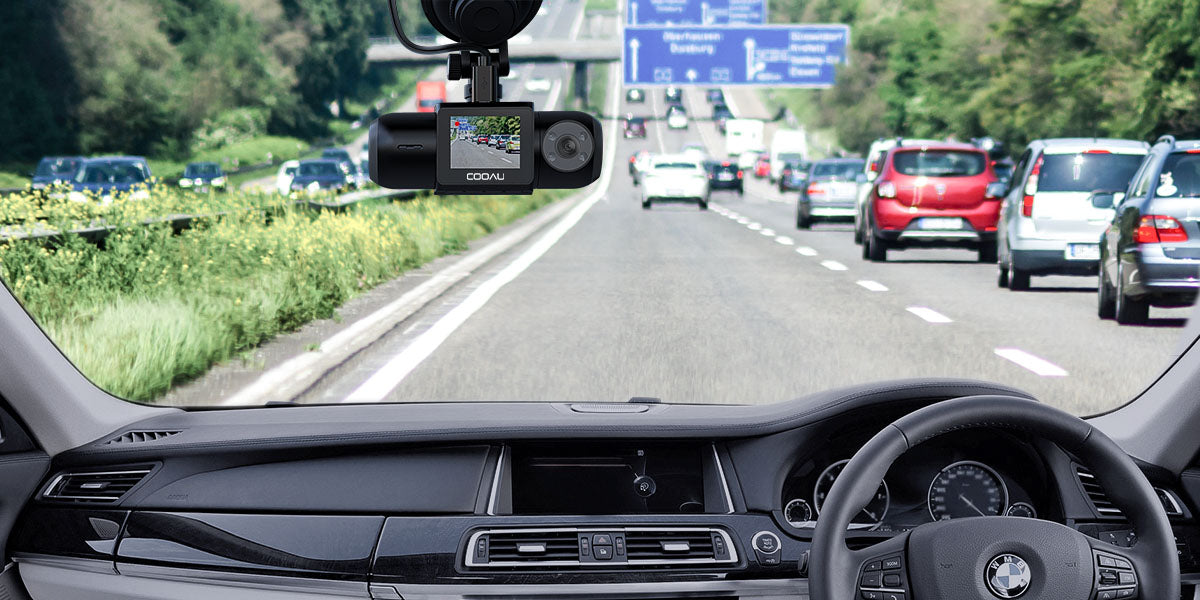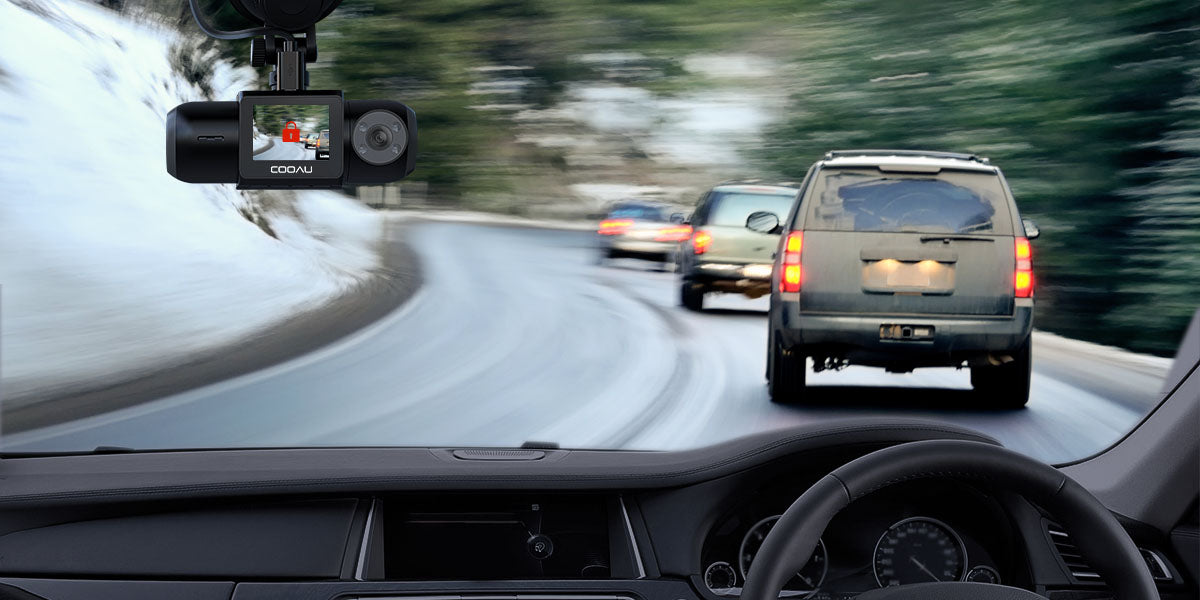Everything you need to know about the G-sensor

When looking for a dash cam, one feature will keep coming up: a G-sensor. In addition to regular basic functions, a dash cam without a built-in G sensor is almost useless.
Now a lot of dash cam have G-Sensor, but there may be a lot of people who don’t know what G-sensor is and what it does. Now, we are going to show what its camera is and how it works.
What is a G-sensor?
The G-sensor is an accelerometer that registers values based on the amount of force applied during an impact. It works by mapping your position to an XYZ coordinate, also known as a 3-dimensional axis. X is the horizontal (left/right) change in motion, Y is the vertical (backward/forward) change in motion, and Z (up/down) change in motion. If some motion triggers the G-sensor, it will lock the footage 5 seconds before and 15 seconds after the event.

How does it work?
When an accident happens, the car slows or accelerates suddenly, the G-sensor outputs a large value, and the CPU reads the value that is over the set value of the G-sensor, the crash is thought to have occurred.
The G-sensor has high/medium/ low three sensitivity options. If the dash cam encounters a shake or an emergency brake during the current recording process, it will activate the protective recording. A lock icon will appear on the upper right side of the screen. G-Sensor setting according to your needs.
If you choose a high sensitivity, it will protect your video as long as the speed slightly but will make the memory too full to record a new video.
And the low sensitivity will protect the video only in a serious accident.

What are the benefits of having a built-in G-sensor?
The benefit of having an inbuilt G-Sensor is if the vehicle was involved in an incident, the file would become protected automatically, ensuring the image wouldn’t be overwritten by the loop recording function on the dash cam.
It is even more helpful to have a built-in g-sensor for parking monitoring. It can provide a 24-hour parking monitoring service for your vehicle. If your car gets hit or scratched while parking, the G-sensor saves the file to an individual folder that can help you deal with the accident quickly.

Conclusion:
When selecting a dash camera, be sure that it features a G-sensor. A G-sensor will record footage of crashes, bumps, and bruises. This is ideal for driving or parking accidents, as well as when your vehicle is left unattended. When it comes to G-sensor sensitivity, the more sensitive it is, the more recorded footage will be saved. With the G-sensor, sure that your car is kept safe. All four COOAU dash cameras have a G-sensor function, which can meet all your needs.
 Skip to content
Skip to content






Leave a comment